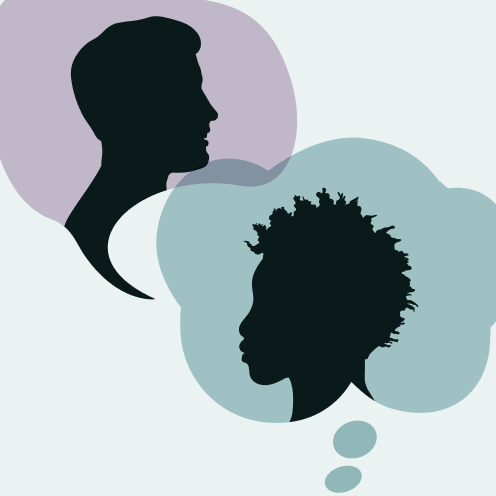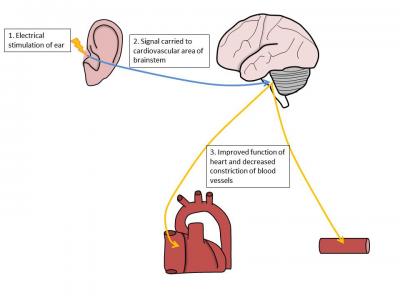
The best of Voices delivered to your inbox every week - from controversial columns to expert analysis
Sign up for our free weekly Voices newsletter for expert opinion and columns
Sign up to our free weekly Voices newsletter
I would like to be emailed about offers, events and updates from The Independent. Read our privacy policy
The way people laugh when tickled is “uniquely different” from other laughter such as when hearing a joke, according to a new study.
Researchers at the University of Amsterdam say both machines and humans can learn to tell the difference between different types of laughter and identify when it’s caused by tickling.
Laughter is a complex behaviour, with similar expressions seen in many mammals including chimpanzees, squirrel monkeys and dogs.
Even deaf people who haven’t heard their own voice, or of other people, produce laughter, suggesting that genetic mechanisms play a role.
But laughter comes in different types, such as from play or when watching something funny, and examining the distinctions may prove crucial to understanding their unique functions, scientists say.

Tickling is a form of play behaviour seen even in some macaques and chimpanzees and it serves as the closest evolutionary link between play laughter in humans and other mammals.
The new study, published on Wednesday in the journal Biology Letters, assessed sound components from around 900 laughter clips, which included real-life situations related to tickling, joking, comedic performances, playful pranks, and seeing someone’s misfortune.
Scientists used these laughter tracks to train and test a machine-learning algorithm.
Then, in a second experiment, they made over 200 participants listen to 30 of the 900 clips and identify laughter induced by tickling.
Participants correctly identified this laughter over 60 per cent of the time, while a second group of listeners identified such laughter as sounding less controlled.
Researchers found both the machine learning model and human test subjects were particularly adept at identifying tickling laughter.
“Listeners can accurately discern tickling-induced laughter without access to any visual cues,” scientists say. “Together, our results reveal a unique acoustic and perceptual profile of laughter induced by tickling.”
The way we laugh when tickled may be a response conserved by evolution, distinguishing it clearly from laughter caused by other triggers, scientists conclude.
For instance, there is heightened arousal observed in tickling-induced laughter.
The findings, according to researchers, also demonstrate the potential of machine learning in uncovering patterns within complex human actions to provide a window into the evolutionary significance of different behaviours.
“Technological advancements in recent years allow us to study behaviours in the contexts in which they naturally occur, with machine learning illuminating differentiations that were previously unknown,” they say.

 By The Independent (Science) | Created at 2024-11-20 06:46:50 | Updated at 2024-11-21 09:14:22
1 day ago
By The Independent (Science) | Created at 2024-11-20 06:46:50 | Updated at 2024-11-21 09:14:22
1 day ago







